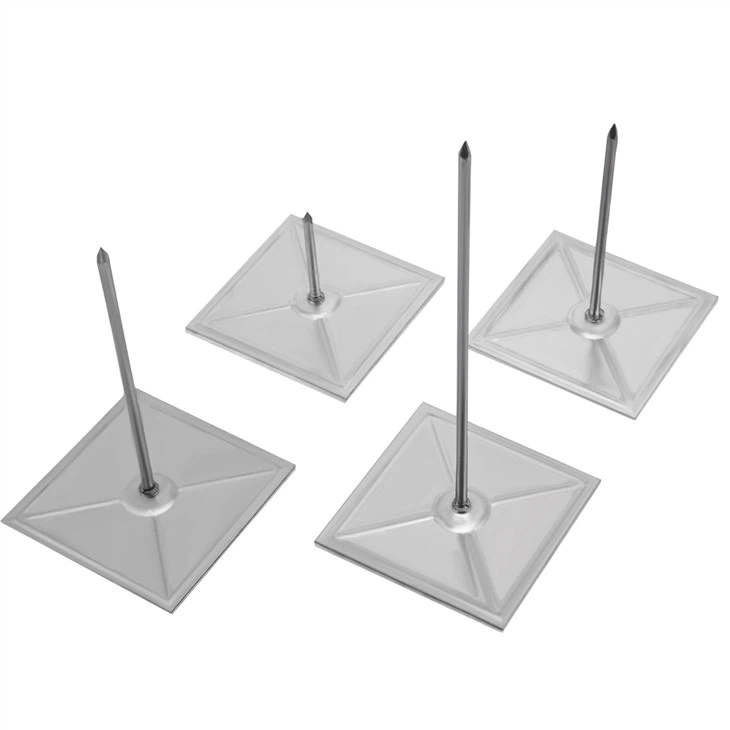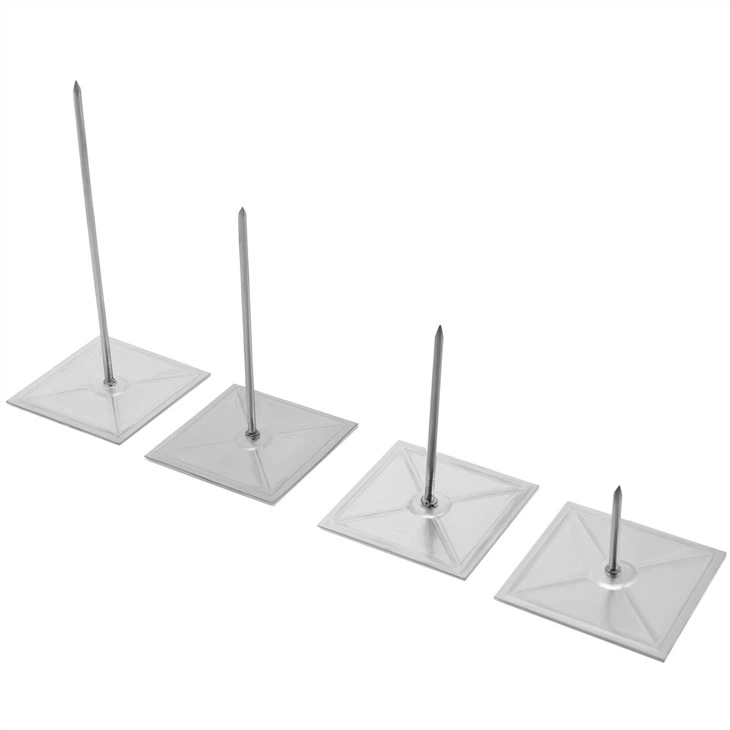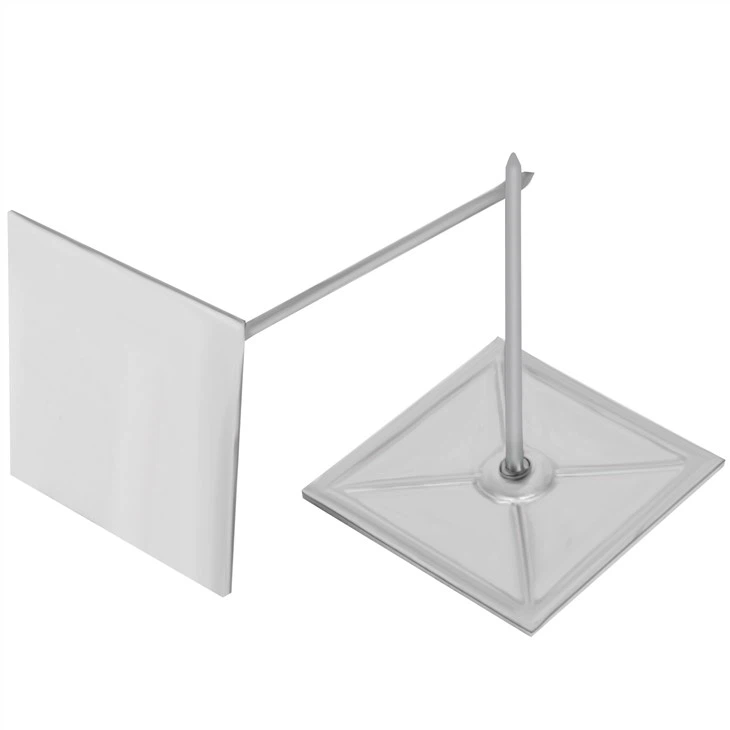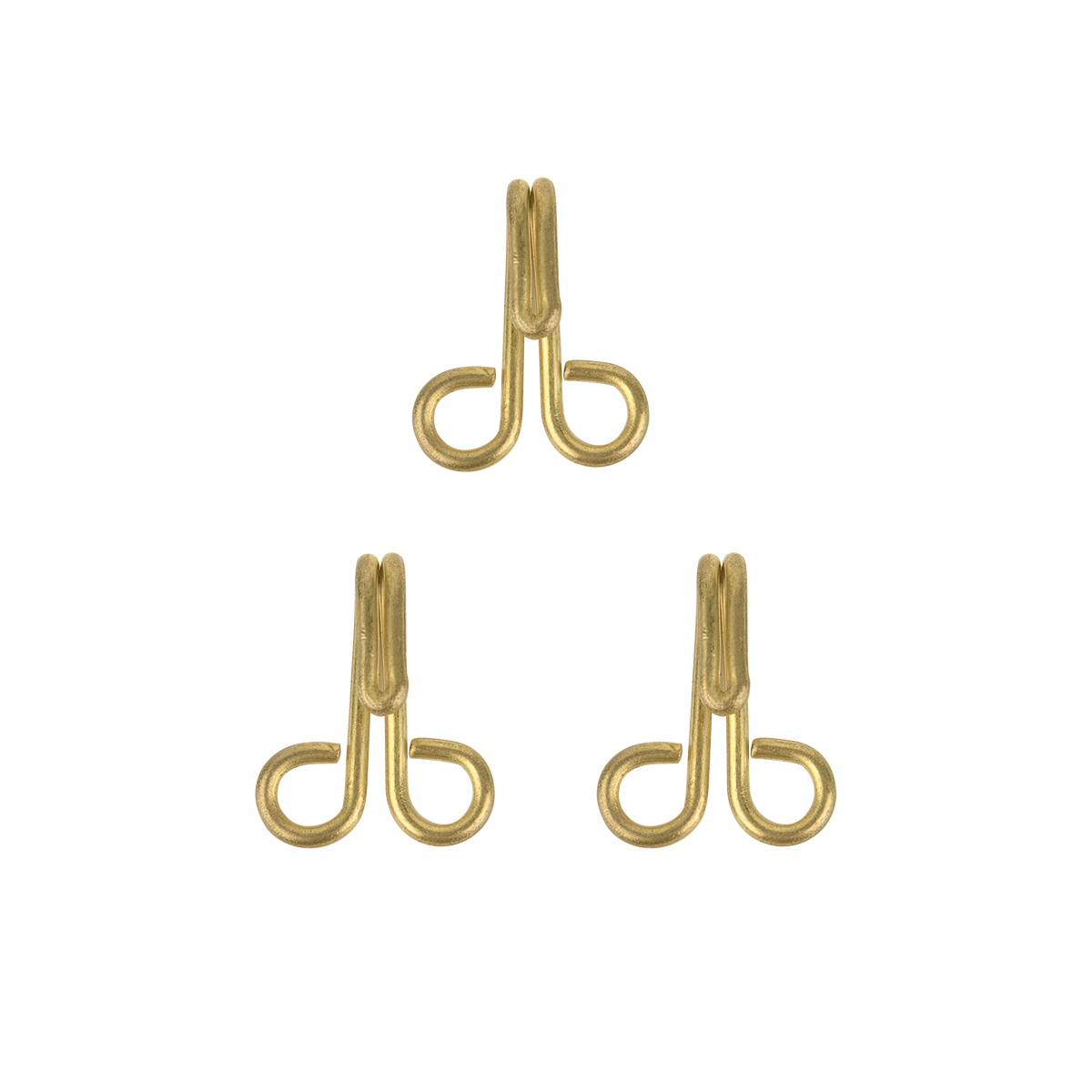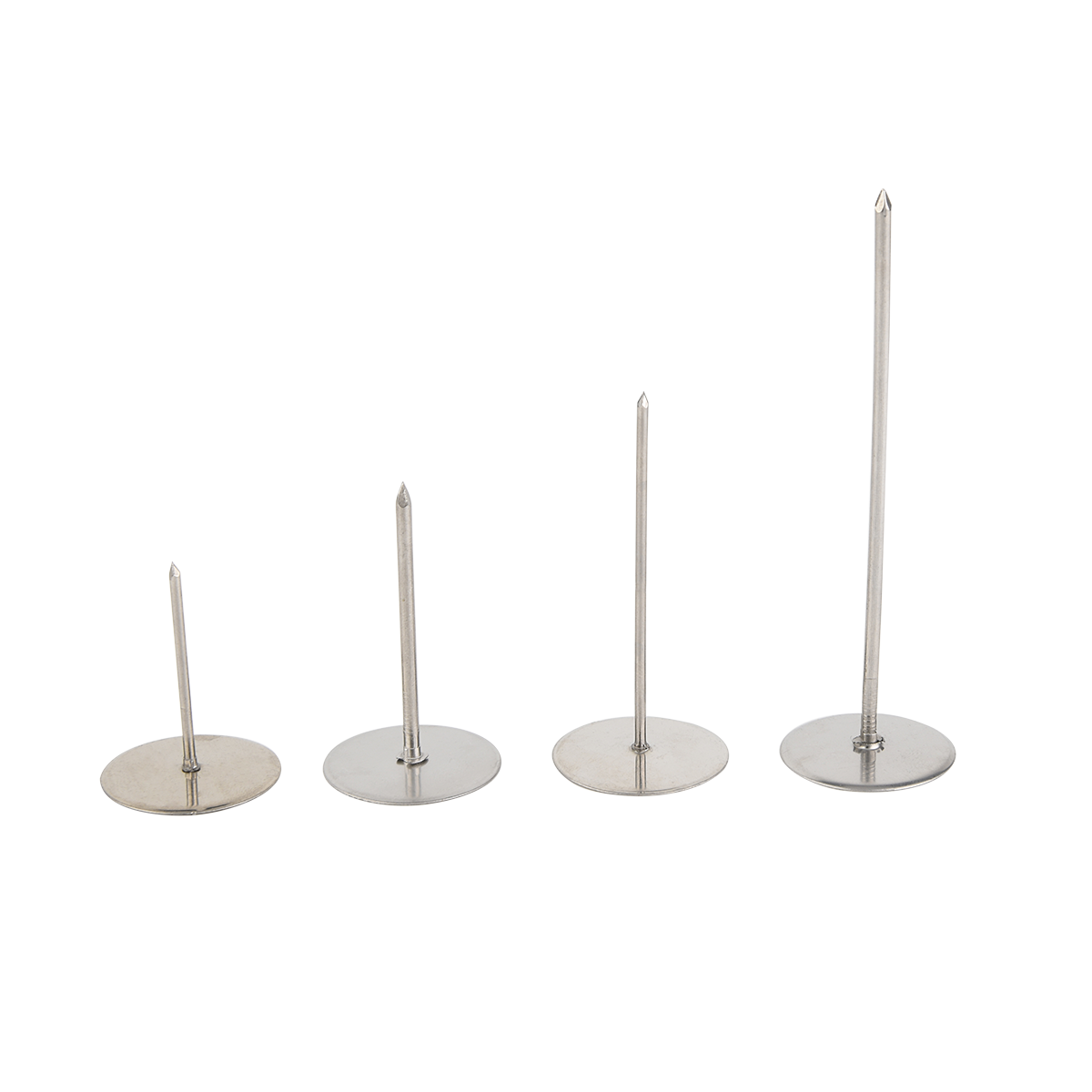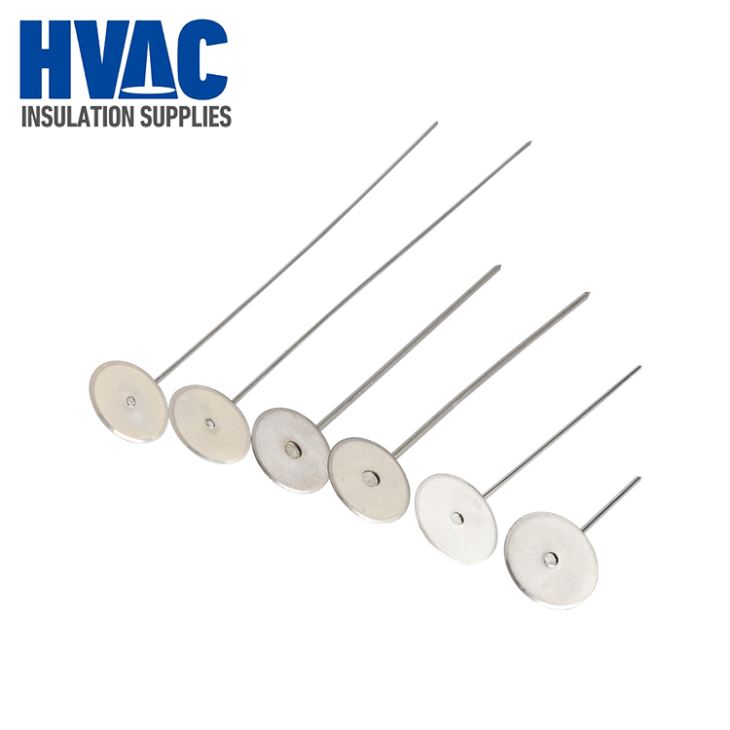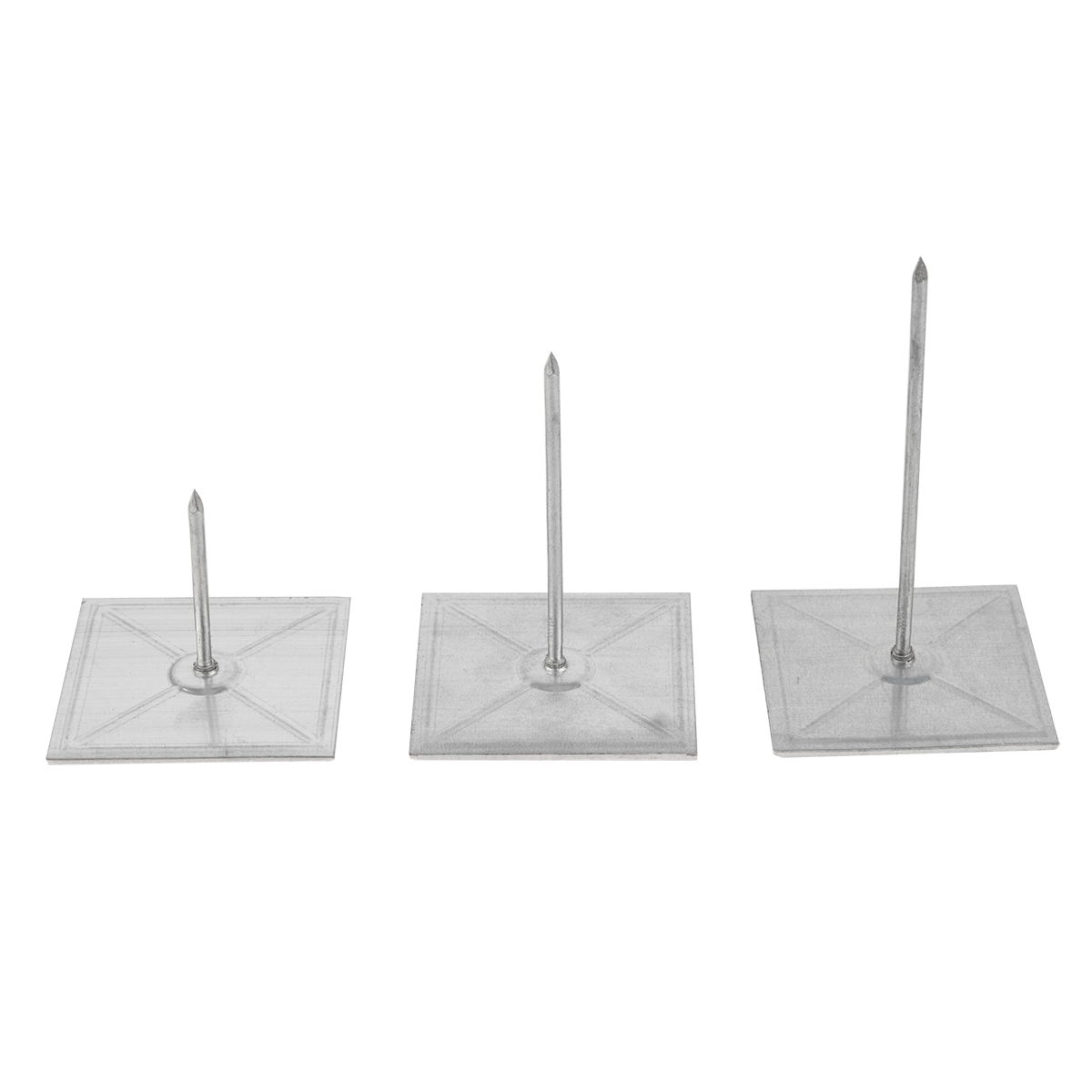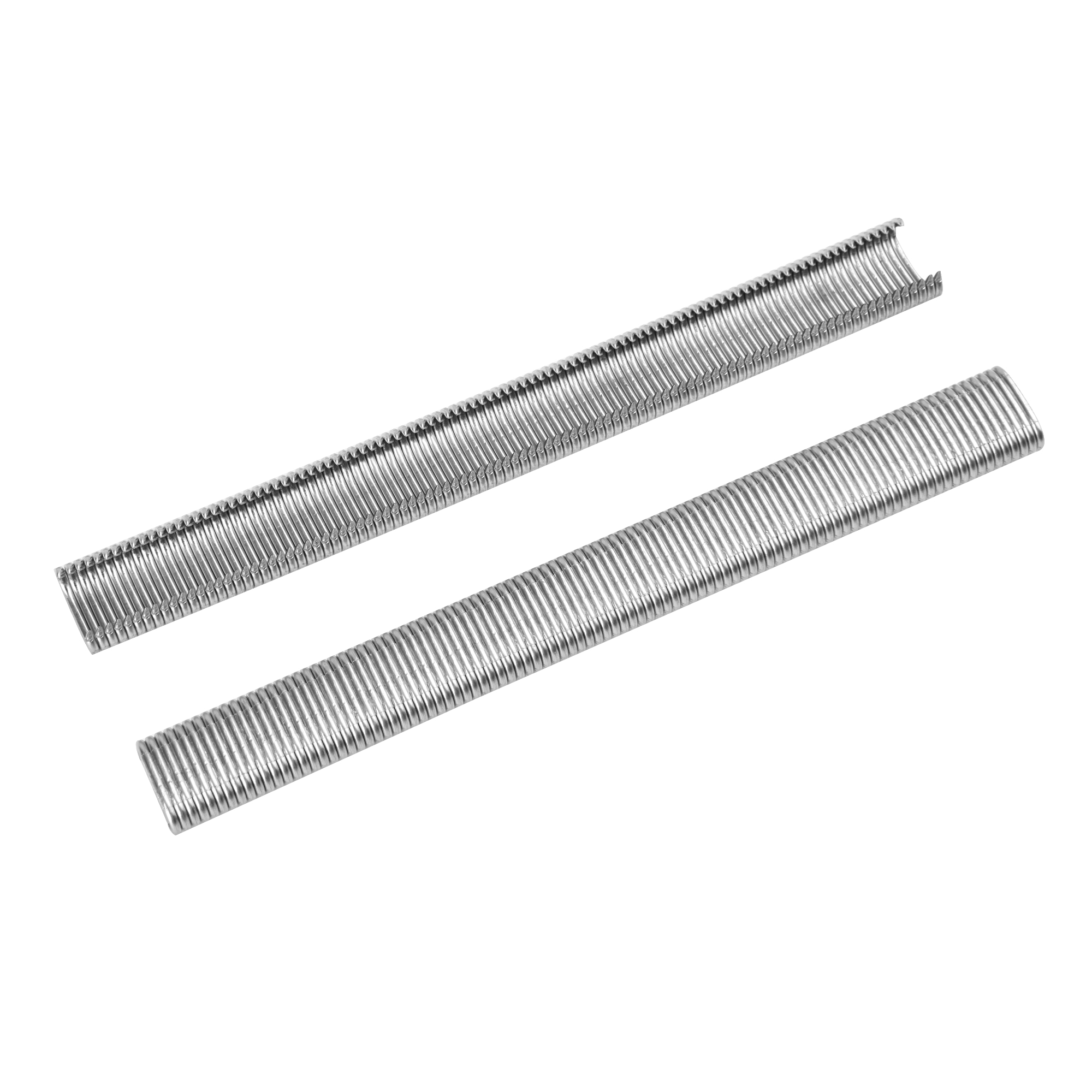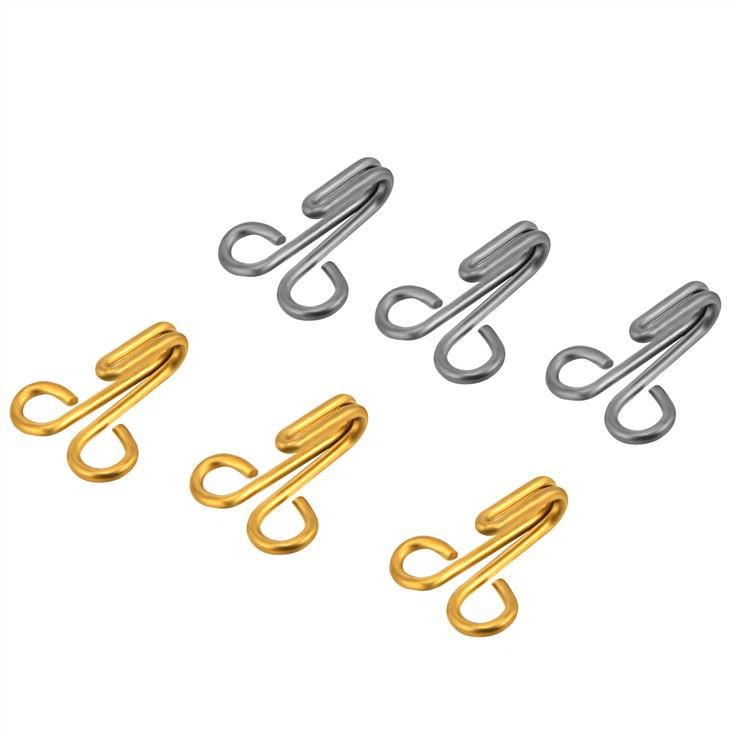Stick Pin Insulation Installation
1. IntroductionStick pin insulation installation is a crucial process in various industries, especia
Contact
Product Detail
1. Introduction
Stick pin insulation installation is a crucial process in various industries, especially in construction, manufacturing, and energy related sectors. Insulation plays a vital role in maintaining temperature control, reducing energy consumption, and enhancing the overall performance of buildings and equipment. Stick pins are specialized fasteners used to secure insulation materials in place, ensuring their effectiveness over time. This detailed guide will explore the different aspects of stick pin insulation installation, including the types of stick pins, insulation materials, installation process, safety considerations, and common challenges and solutions.
2. Types of Stick Pins
2.1 Standard Stick Pins
Standard stick pins are the most commonly used type. They typically consist of a long, thin metal shaft with a sharp point at one end and a head at the other. The shaft is designed to penetrate through the insulation material and the substrate (such as a wall, ceiling, or equipment surface) easily. The head of the pin is usually larger in diameter than the shaft to provide a surface for securing the insulation. These pins are available in various lengths, depending on the thickness of the insulation and the substrate. For example, in a residential building with a 2 inch thick insulation layer on a wall, a stick pin with a length of 3 4 inches might be appropriate to ensure it can penetrate the insulation and the wall material for a secure hold.
2.2 Insulated Stick Pins
Insulated stick pins are designed to provide an additional layer of thermal insulation. The shaft of these pins is coated with an insulating material, such as plastic or rubber. This coating helps to prevent heat transfer through the pin, which could otherwise create a thermal bridge. In applications where maintaining a high level of thermal efficiency is critical, such as in energy efficient buildings or refrigeration systems, insulated stick pins are preferred. They are also useful in environments where electrical insulation is required, as the insulating coating can prevent the flow of electricity, reducing the risk of electrical hazards.
2.3 Self Drilling Stick Pins
Self drilling stick pins are equipped with a drill like tip at the end of the shaft. This feature allows the pin to drill into the substrate without the need for pre drilling holes. Self drilling stick pins are especially convenient when working with hard or thick substrates, such as metal sheets or concrete walls. They save time and effort during the installation process, as there is no need to use additional drilling tools. However, they require more force to insert compared to standard stick pins, and their use is typically limited to materials that can withstand the drilling action without damage.
3. Insulation Materials Compatible with Stick Pins
3.1 Fiberglass Insulation
Fiberglass insulation is a popular choice for stick pin installation. It is made of fine glass fibers that are woven or matted together. Fiberglass insulation offers good thermal resistance and sound absorption properties. The lightweight nature of fiberglass makes it easy to handle during installation, and the stick pins can easily penetrate the material. In addition, fiberglass insulation is relatively inexpensive, making it a cost effective option for many applications. It is commonly used in residential and commercial building insulation, as well as in some industrial applications.
3.2 Mineral Wool Insulation
Mineral wool insulation, which includes products like rock wool and slag wool, is another suitable material for stick pin installation. Mineral wool is made from natural or recycled minerals that are melted and spun into fibers. This type of insulation has excellent fire resistance properties, high thermal resistance, and good soundproofing capabilities. Mineral wool insulation is often used in applications where fire safety is a priority, such as in high rise buildings, industrial facilities, and fire rated partitions. The stick pins can effectively secure the mineral wool insulation to the substrate, ensuring its long term performance.
3.3 Polyurethane Foam Insulation
Polyurethane foam insulation comes in two main forms: rigid foam boards and spray applied foam. Rigid polyurethane foam boards can be installed using stick pins. These boards are lightweight, yet they offer high thermal resistance. The closed cell structure of polyurethane foam provides excellent insulation performance by minimizing air infiltration. Stick pins can be used to fasten the foam boards to walls, ceilings, or other surfaces. Spray applied polyurethane foam, on the other hand, is applied in a liquid form and expands to fill the gaps and cavities. While stick pins are not used during the initial application of spray foam insulation, they may be used in some cases to secure additional layers or to attach insulation faced materials over the cured foam.
4. Installation Process
4.1 Preparation
Before starting the stick pin insulation installation, proper preparation is essential. First, the surface where the insulation will be installed must be clean, dry, and free of any debris, dust, or loose material. If the substrate is a wall, it should be inspected for any structural damage or unevenness. In some cases, a primer may need to be applied to the substrate to improve the adhesion of the insulation and the stick pins. The insulation materials should be cut to the appropriate size and shape, taking into account any irregularities in the surface. The stick pins should also be selected based on the thickness of the insulation and the type of substrate, and they should be checked for any defects or damage.
4.2 Placement of Insulation
The insulation material is then placed on the substrate. For flat surfaces, such as walls and ceilings, the insulation panels or rolls are laid out in a neat and orderly manner, ensuring that there are no gaps or overlaps. In the case of curved or irregular surfaces, the insulation may need to be cut and shaped to fit precisely. When using multiple layers of insulation, each layer should be installed in a way that the joints are staggered to prevent thermal bridging. Once the insulation is in place, it is temporarily held in position, either by hand or with the help of temporary supports.
4.3 Insertion of Stick Pins
With the insulation in place, the stick pins are inserted. Starting from one corner or edge of the insulation area, the pins are driven through the insulation and into the substrate. The pins should be inserted at regular intervals, typically 6 12 inches apart, depending on the type of insulation, the substrate, and local building codes. When inserting the pins, it is important to ensure that they are perpendicular to the surface for maximum holding power. For self drilling stick pins, a drill or a specialized tool may be used to drive the pins into the substrate. After inserting each pin, the head of the pin should be checked to ensure that it is flush with the surface of the insulation or slightly below, without damaging the insulation material.
4.4 Securing the Pins
Once all the stick pins have been inserted, they need to be secured. In some cases, the pins may have a built in locking mechanism, such as a washer or a nut that can be tightened. For standard stick pins, additional washers may be placed over the heads of the pins to distribute the load and prevent the insulation from being damaged. In some applications, a layer of mesh or fabric may be placed over the insulation and secured with the stick pins to provide additional reinforcement. This is especially common in areas where the insulation may be subject to mechanical stress or weathering.
5. Safety Considerations
5.1 Personal Protective Equipment (PPE)
During stick pin insulation installation, workers should wear appropriate personal protective equipment. This includes safety glasses to protect the eyes from flying debris, such as insulation fibers or small pieces of the substrate that may be dislodged during pin insertion. Gloves are also essential to protect the hands from cuts and punctures from the stick pins and to prevent skin contact with insulation materials, which can cause irritation. In some cases, respiratory protection may be required, especially when working with insulation materials that produce fine dust or fibers, such as fiberglass or mineral wool. A dust mask or a respirator can help prevent inhalation of these particles, which can be harmful to the respiratory system.
5.2 Tool Safety
When using tools to install stick pins, such as drills or hammers, proper tool safety procedures must be followed. Tools should be inspected before use to ensure that they are in good working condition. Electrical tools should be plugged into grounded outlets, and extension cords should be in good condition without any exposed wires. When using a drill to insert self drilling stick pins, the correct drill bit should be selected, and the drill should be operated at the appropriate speed. Hammering should be done with care to avoid hitting fingers or causing the pin to bend or break.
5.3 Working at Heights
If the insulation installation is taking place at heights, such as on a ladder or a scaffold, additional safety precautions must be taken. Ladders should be set up on a stable surface and secured in place. Workers should always face the ladder when climbing up or down and keep both hands free for gripping. Scaffolds should be properly assembled, inspected, and equipped with guardrails and safety harness attachment points. Workers on scaffolds should wear safety harnesses and be properly tied off to prevent falls.
6. Common Challenges and Solutions
6.1 Difficulty in Penetrating the Substrate
One common challenge during stick pin installation is difficulty in penetrating the substrate, especially when using standard stick pins on hard materials like concrete or thick metal. In such cases, pre drilling holes with a drill bit of a slightly smaller diameter than the stick pin can make the insertion process easier. Another solution is to use self drilling stick pins, which are designed to cut through hard materials without pre drilling. However, if self drilling pins are not an option, applying a lubricant to the tip of the stick pin can also help reduce friction and make it easier to push the pin through the substrate.
6.2 Insulation Material Compression
When inserting stick pins, there is a risk of compressing the insulation material, which can reduce its insulating properties. To avoid this, care should be taken when driving the pins not to apply excessive force. Using pins with a larger head or adding washers over the heads can help distribute the force more evenly over the insulation surface. In some cases, if the insulation is being compressed too much, using longer pins and adding additional layers of insulation to compensate for the compression may be necessary.
6.3 Pin Loosening Over Time
Stick pins may loosen over time due to factors such as vibration, thermal expansion and contraction, or mechanical stress. To prevent pin loosening, using pins with a locking mechanism, such as threaded pins with nuts or pins with spring loaded washers, can be effective. Regular inspection of the installed pins is also important. If any loose pins are detected, they can be tightened or replaced. In some cases, applying a small amount of adhesive or sealant around the base of the pin can help secure it in place and prevent loosening.
7. Conclusion
Stick pin insulation installation is a complex yet essential process for achieving effective insulation in a wide range of applications. By understanding the different types of stick pins, the compatible insulation materials, the proper installation process, safety considerations, and how to address common challenges, installers can ensure that the insulation system performs optimally. Properly installed stick pin secured insulation not only contributes to energy efficiency and temperature control but also helps in reducing noise, improving indoor air quality, and enhancing the durability and comfort of buildings and equipment. As the demand for energy efficient and sustainable construction and industrial practices continues to grow, the importance of proper stick pin insulation installation will only increase.
